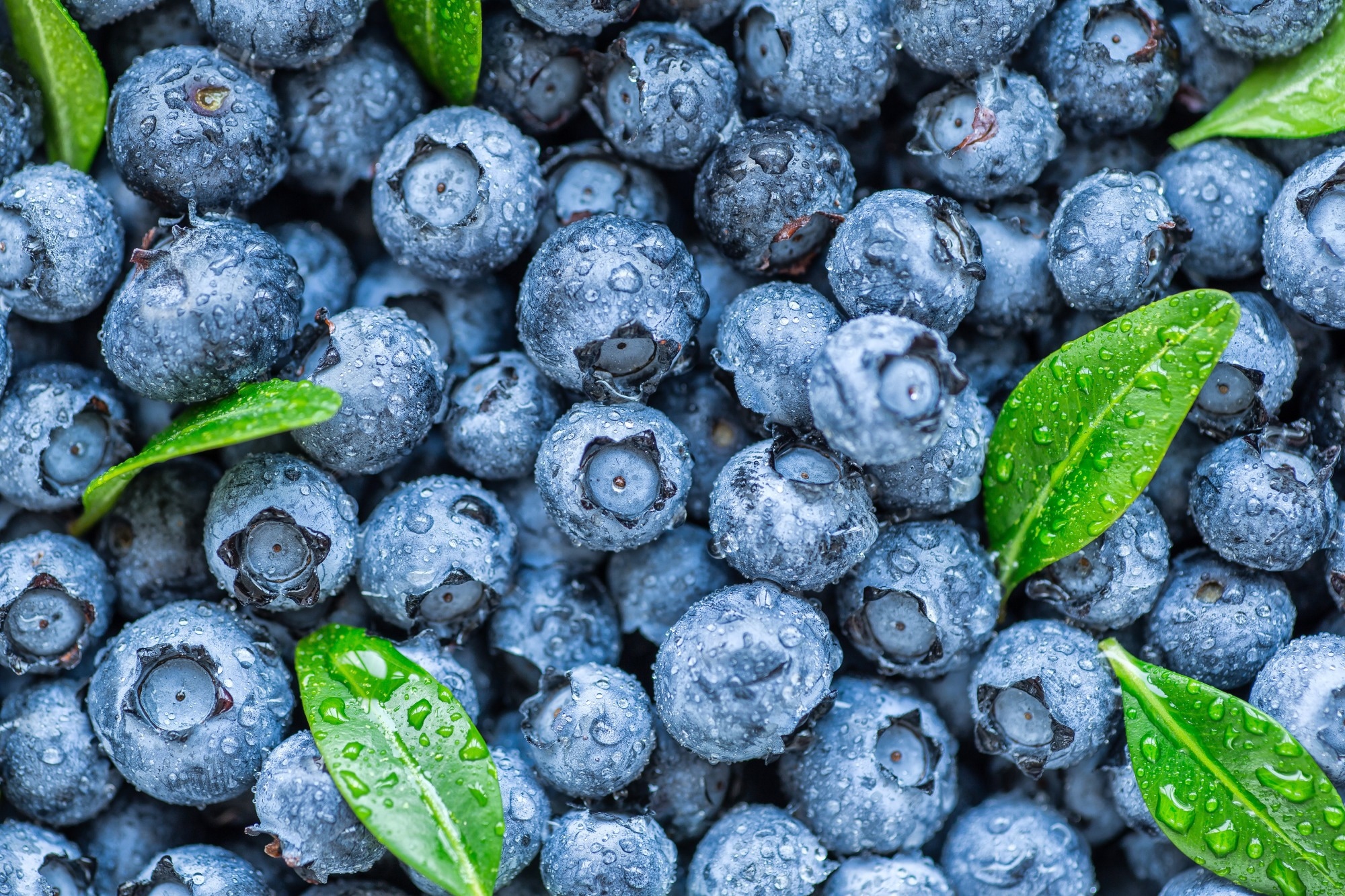In a recent study published in Nutrients, researchers conducted a blueberry intervention using quartile divisions to define inter-individual responses in vascular and cognitive endpoints following a particular dietary intervention.
 Study: Inter-Individual Responses to a Blueberry Intervention across Multiple Endpoints. Image Credit: Bukhta Yurii/Shutterstock.com
Study: Inter-Individual Responses to a Blueberry Intervention across Multiple Endpoints. Image Credit: Bukhta Yurii/Shutterstock.com
Background
Individual health improvement requires understanding inter-individual heterogeneity in food response and endpoints associated with vascular diseases and cognitive impairment. Absorption, metabolism, tissue distribution, bioavailability, and nutritional functioning impact the variance.
Blueberries are considered a "super fruit" because of their high polyphenol content and antioxidant activity, and they have been associated with a lower risk of obesity, cardiovascular disease, type 2 diabetes mellitus, cognitive maintenance, and neuroprotection.
A recent meta-analysis by the current study's authors demonstrated variability in response to fruit in cardioprotection and cognition across various clinical outcomes.
The results indicated a 4.0% rise in systolic blood pressure, a 15% increase in total cholesterol, a 9.0% increase in memory, and a 10% increase in executive function. However, there is no data to support consistency or inconsistency.
About the study
In the present study, researchers performed urine metabolomic analysis to compare inter-individual differences following blueberry intake as a whole fruit and powder to identify response predictors.
In a 1-week single-blinded cross-over randomized controlled trial (RCT) in a healthy population, the researchers examined two types of blueberries: whole fresh blueberry (160 g), freeze-dried blueberry powder (20 g), and a placebo control (microcrystalline cellulose).
They calculated the intervention response for each endpoint as a percentage change (±%) relative to the baseline.
The researchers instructed the participants to ingest one tablespoon of the powder mixed with water once daily, ideally before lunch. They also listed polyphenol-rich foods to avoid and a food diary to measure the blueberry intake.
The researchers measured seven cognitive and nine vascular function endpoints. Endpoints for vascular function included systolic and diastolic blood pressure (SBP and DBP) and carotid and radial artery pulse wave velocity (crPWV).
They measured the heart rhythm using an electrocardiogram (ECG) pad. They collected serum samples from participants to assess blood glucose levels and lipid profiles [total cholesterol, low-density lipoprotein (LDL), high-density lipoprotein (HDL), and triglycerides] and monitored the NO metabolite nitrite (NO2-) by chemiluminescence.
Cognition endpoints included working memory assessed using 3 s and 7 s tasks; episodic memory assessed by word recognition tasks and delayed and immediate word recall; attention assessed based on moods (alert, calm, and content) and digit vigilance; and mental fatigue assessed using a visual analog scale.
Every study day, the researchers administered computerized cognitive tests lasting about 30 minutes. They examined urine samples submitted by participants using ultra-high-pressure liquid chromatography (UHPLC).
They used an untargeted profiling technique and ROC analysis to investigate the biomarker potential of urine metabolites in response to vascular and cognitive endpoints.
Results
The study included 40 individuals with a mean age of 26 and a body mass index (BMI) of 23 kg/m2. After the intervention, the subjects demonstrated considerable inter-individual variance in vascular health indicators and cognitive areas.
For every endpoint examined, there was no consistent response following the two therapies, both within and within subjects. Supervised multivariate analysis revealed no significant potential for distinguishing urine metabolites between treatments.
After controlling for baseline covariance and serum triglycerides, total cholesterol, LDL, HDL, nitrite, and glucose, the therapies did not affect SBP, DBP, or PWV levels.
Consuming whole blueberry or its powder led to higher nitrite levels (+69% and +4.30%, respectively) than baseline, while placebo supplementation resulted in a drop (9.10%); however, the impact was not statistically significant.
The treatments did not affect cognitive metrics, but both cognitive and vascular endpoints showed variability, and participants responded randomly to the intervention and placebo control.
There was limited consistency in responses across cognitive and vascular endpoints in any intervention, including identical blueberry treatments. There was no correlation between gender, BMI, visit sequence, or reaction.
Urinary metabolite profiling of baseline samples revealed a predictor of response with an area under the curve (AUC) value of 0.7 and predictive accuracy of 61%.
Conclusions
The study on blueberry therapies discovered variable responses across outcomes, with no predictive biomarker to distinguish responders.
The findings underscore the need for more techniques to characterize responses in human intervention research and data coupling with metabolomic, genotypic, and lifestyle behavior feedback.
A unique approach is required to identify healthy foods or dietary categories. The study also discovered inter-individual differences in clinical outcomes, with 31% to 71% of subjects reporting better responses and 29% to 66% reporting worsening responses.
Cerebral blood flow patterns, neurological correlates, heredity, physical and social environment, and personality could contribute to these differences.